Table of Contents
ToggleIntroduction
Low-code development platforms allow you to create applications without coding. They have a user-friendly interface where you can drag and drop components to build your apps. These platforms are great for both programmers and non-programmers who want to develop apps quickly.
In this blog post, we will explore the top 10 low-code development platforms that are leading the way in 2023.
Here are 10 low-code platforms for 2023 that you should consider:
| Platform | OutSystems | Mendix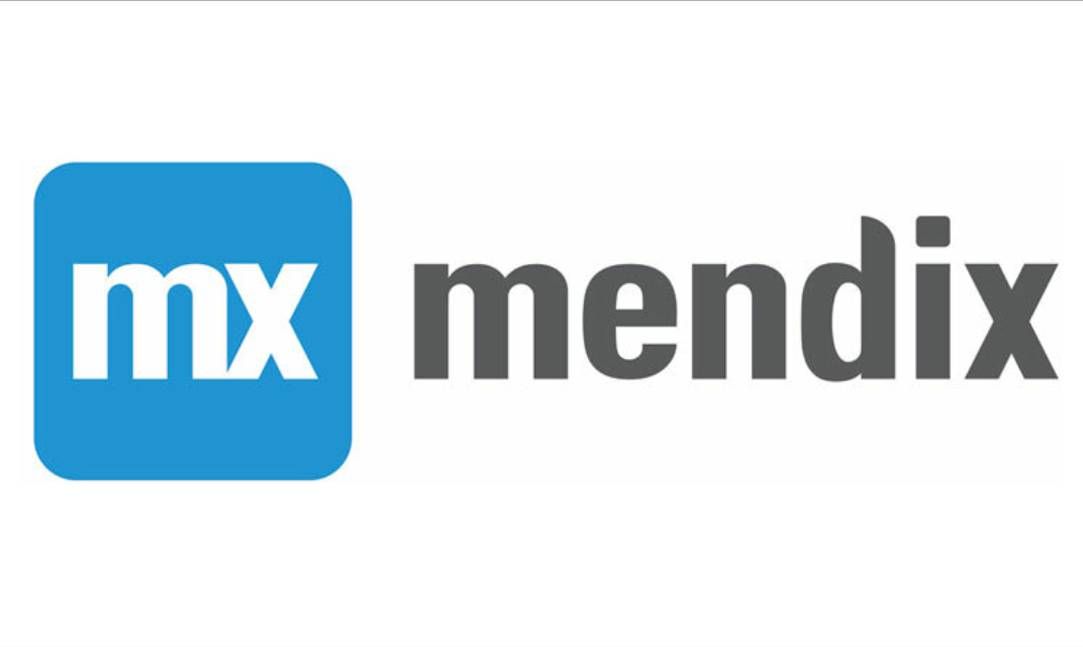 | Microsoft Power Apps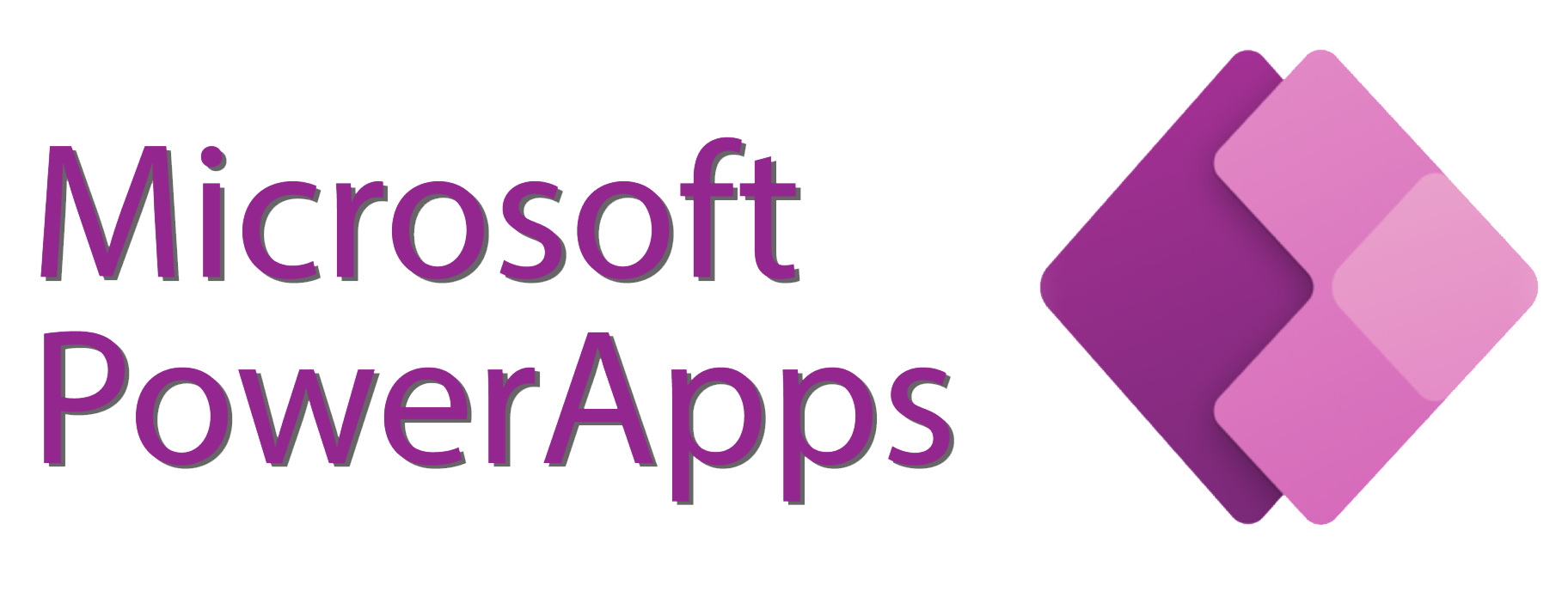 | Appian | Salesforce Lightning Platform | Pega Platform | Zoho Creator | Nintex | Integrate.io |
| Low-Code Capabilities | High | High | Medium | High | Medium | High | High | Medium | High |
| Mobile App Development | Yes | Yes | Yes | Yes | Yes | Yes | Yes | Yes | Yes |
| Web App Development | Yes | Yes | Yes | Yes | Yes | Yes | Yes | Yes | Yes |
| On-Premise Deployment | Yes | Yes | Yes | Yes | Yes | Yes | Yes | No | Yes |
| Cloud Deployment | Yes | Yes | Yes | Yes | Yes | Yes | Yes | Yes | Yes |
| Integration Capabilities | High | Medium | Medium | High | High | High | High | High | High |
| AI/ML Integration | Yes | Yes | Yes | Yes | Yes | Yes | No | Yes | Yes |
| Pre-Built Templates | Yes | Yes | Yes | Yes | Yes | Yes | Yes | Yes | Yes |
| Community Support | Yes | Yes | Yes | Yes | Yes | Yes | Yes | Yes | Yes |
| Scalability | High | High | Medium | High | High | High | Medium | High | High |
| Pricing Model | Subscription-based | Subscription-based | Subscription-based | Subscription-based | Subscription-based | Subscription-based | Subscription-based | Subscription-based | Subscription-based |

Don't miss out on your chance to work with the best
apply for top global job opportunities today!
Top 10 Low-Code Platforms
1. OutSystems

Headquarters: Boston, Massachusetts, United States
Founder: Paulo Rosado
Founded: 2001
Price: OutSystems offer a free plan for Single App.
For Multiple Apps, the pricing plans start at $1,513 per year.
Gartner Rating: 4.5/5
G2 Rating: 4.6/5
OutSystems is a low-code platform for Android app development. It allows you to create apps without coding and offers features like app dependency management and offline data syncs.
Also, OutSystems enables rapid application development across various platforms, including Mobile Apps, Web Apps, and Enterprise-Grade applications.
Features
- Seamless deployment for error-free app implementation in the cloud or on-premises.
- Real-time performance dashboards for monitoring and optimizing app performance.
- Scalability to accommodate growing user demands and increasing app complexity.
- Robust security measures to ensure the protection of your applications.
- Seamless integration capabilities with other systems for enhanced functionality and data exchange.
2. Appian
Founded: 1999
Headquarters: Tysons, Virginia, United States
Founders: Matt Calkins, Robert C Kramer, Michael Beckley, Marc Wilson
Pricing:For Standard Licensing, Appian is priced at $75 per user per month. Additionally, a free edition of the product is available for 15 users
Gartner Rating: 4.5 out of 5
G2 Rating: 4.5 out of 5
Appian is a popular platform that offers pre-made components and templates for easy app creation to Appian developers.
It also provides integration options to connect your apps with other platforms, boosting productivity and engagement. The Appian community is thriving, and growing Appian developers can share their knowledge, exchange ideas, and support each other.

Features
- Drag and Drop tools for easy and intuitive application development.
- Native AI services for incorporating artificial intelligence capabilities into your applications.
- No-code integration with AI/ML platforms like Google Cloud, Amazon AWS, and Microsoft Azure.
- Seamless integration of enterprise data, systems, and web services without the need for coding.
3. Mendix

Founded: 2005
Headquarters: Boston, United States
Founders: Derek Roos, Derckjan Kruit
Pricing:Mendix has a Free version, and their basic version starts at $56.02/month
Gartner Rating: 4.5 out of 5
G2 Rating: 4.4 out of 5
Mendix has a drag-and-drop interface and scalability, Mendix developers can easily use this feature to create apps for small businesses or large corporations. It offers deployment options for private cloud, public cloud, and on-premise.
Features
- Agile project management for efficient development processes.
- Visual modeling tools to visually design and build applications.
- Reusable components to accelerate development and maintain consistency.
- Support for application development on any device.
- Flexible deployment options, including private cloud, public cloud, and on-premises.
- Automated backups for data security and disaster recovery.
- Horizontal scaling capabilities with the Enterprise edition for handling increased application demand.
4. Pega
Headquarters: Cambridge, Massachusetts, United States
Founded: 1983
Founder: Alan Trefler
Pricing: 30-day trial available. Their basic plan starts at $35 per user/month
Gartner Rating: 4.4 out of 5
G2 Rating: 4.2 out of 5
Pega is a visual modeling platform that simplifies app development without scripting. You can try it for free for the first 30 days.

Features
- The intuitive drag-and-drop interface allows Pega developers to build applications without extensive coding knowledge.
- Use visual models and business rules to define application logic and behavior.
- Manage end-to-end business processes and workflows efficiently.
- Leverage artificial intelligence and machine learning capabilities to make intelligent decisions and automate processes.
- Build responsive and native mobile applications that work across devices and platforms.
5. Quickbase
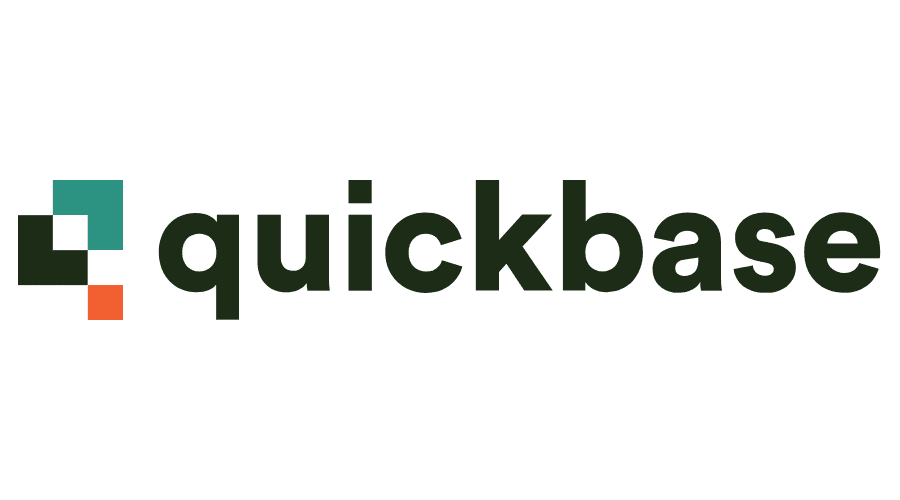
Headquarters: Boston, Massachusetts, U.S
Founded: 1999
Founders: N/A
Pricing: Their plan starts at $30 per user per month. They do offer a 30-day free trial.
Gartner Rating: 4.5 out of 5
G2 Rating: 4.5 out of 5
Quickbase provides pre-built connectors and templates to quickly build applications.
It has a user-friendly interface for designing workflows and procedures, ideal for small and medium-sized businesses.
Features
- Visual modeling tools: Simplify the app development process by providing an intuitive interface and reducing the need for extensive coding.
- Ready-made components: Accelerate development with a wide range of customizable software, templates, widgets, and plugins.
- Comprehensive application lifecycle support: Manage the entire lifecycle of applications, from development to deployment and maintenance.
- Custom programming options: Flexibility to incorporate custom programming when needed to meet specific requirements.
- Scalability: Easily scale applications to handle growing user bases and increased workloads.
Take control of your career and land your dream job
sign up with us now and start applying for the best opportunities!

6. Zoho Creator
Headquarters: Chennai, India
Founded: 1996
Founders: Sridhar Vembu, Tony G. Thomas, Sreenivas Kanumuru
Pricing: Offers a 15-day trial. Their standard plan starts at $5.84 per user per month
Gartner Rating: 4.6 out of 5
G2 Rating: 4.3 out of 5
Zoho Creator enables you to create iOS and Android mobile apps online. It also has a web browser interface.
Moroever, Zoho is recognized by Gartner for its capabilities. With millions of users and apps, it’s a strong and flexible platform.


Features
- Increased productivity: Build more applications with ease and efficiency, reducing development efforts.
- Seamless data integration and collaboration: Connect with your business data and enable seamless collaboration across teams.
- Actionable insights through reports: Generate insightful reports to make data-driven decisions and drive business outcomes.
- Mobile app accessibility: Gain instant access to mobile applications, empowering users to stay connected on the go.
- Robust security measures: Ensure uncompromising security to protect your applications and sensitive data.
7. Microsoft PowerApps
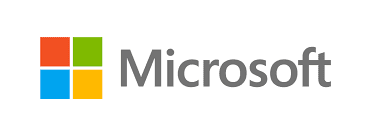
Headquarters: Redmond, Washington, United States
Founded: 1975
Founders: Bill Gates, Paul Allen
Pricing: Starts at $5 per user/app/month
Gartner Rating: 4.5 out of 5
G2 Rating: 4.2 out of 5
Microsoft PowerApps is a platform for building apps, with extensions available to enhance functionality. It also offers Microsoft Dataverse for storing data.
Moreover, this platform offers a library of custom connectors for quick solutions.

Features
- Point-and-click app designing: Design applications using a simple and intuitive point-and-click approach.
- Pre-defined templates: Utilize pre-defined templates to expedite the app development process.
- Seamless data connection: Easily connect your applications to relevant data sources.
- Cross-platform compatibility: Develop web-based applications that are compatible with iOS, Android, and Windows devices.
8. Nintex
Headquarters: Bellevue, Washington State, US
Founded: 2006
Founders: Amit Mathradas
Pricing: Starts at $25,000 USD/year for unlimited users
Gartner Rating: 4.5 out of 5
G2 Rating: 4.2 out of 5
Nintex offers low-code platforms for workflow management and process automation. It also helps speed up digital transformation.
Consequently, Nintex has been used by thousands of businesses with a positive return on investment.

Features
- Workflow Automation: Users can create automated workflows to streamline and manage business processes. Moreover, workflows can be designed to integrate with various systems and applications. It thus allows for efficient data exchange and process orchestration.
- Forms and Mobile Apps: Nintex provides tools for creating customized forms and mobile apps that can be easily deployed across different devices. Consequently, these forms and apps can be designed to capture data, initiate workflows, and enable mobile access to business processes.
- Document Generation and Management: The platform offers capabilities for generating and managing documents within automated workflows. Users can dynamically generate documents based on predefined templates and populate them with data from various sources.
- Integration and Connectivity: Nintex integrates with a wide range of enterprise systems, including popular platforms like SharePoint, Office 365, Salesforce, and more. This, thus, allows users to leverage existing data and systems while building automated workflows.
- Analytics and Reporting: The platform provides analytics and reporting features to monitor and measure the performance of workflows and processes. Consequently, users can gain insights into process bottlenecks, and performance metrics, and identify areas for improvement.
9. Salesforce Lightning

Headquarters: San Francisco, California, United States
Founded: 1999
Founders: Marc Benioff, Parker Harris
Pricing: $25 per user monthly. 30-days Free Trial available
Gartner Rating: 4.4 out of 5
G2 Rating: N/A
Salesforce Lightning offers a robust platform for developing mobile applications that prioritize enhanced security.
With its Pro-Code tools, you can utilize any programming language to create your apps. Also, this versatile platform includes cutting-edge features such as AI and IoT integration.
Moreover, it offers seamless connectivity with Salesforce and third-party data sources.

Features
- No-code builders for effortless mobile app development
- Instant app creation directly from a spreadsheet
- Lightning Process Builder facilitates the construction of intricate workflows
10. Integrate.io
Headquarters: San Francisco, California, US
Founded: 2012
Founders: Donal Tobin
Pricing:Starts at $15,000/year/connector. They offer the first 30 days of tailored onboarding
Gartner Rating: 4.5 out of 5
G2 Rating: 4.3 out of 5
Integrate.io is a platform that simplifies data transformation without requiring technical expertise.
It also provides pre-built connectors and allows easy creation of pipelines for small enterprises and developers.
Moreover, it helps visualize data from multiple sources, useful for analyzing sales trends or return rates.
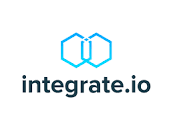
Features
- Extract, Transform, Load (ETL)
- Extract, Load, Transform (ELT)
- Reverse ETL
- Change Data Capture (CDC) and data replication
- Data observability
- Data warehouse insights
Conclusion
These low-code no code development platforms offer a range of features and capabilities, making it easier for you to build apps without extensive coding knowledge. Choose the one that best suits your needs and start creating your applications in 2023.
FAQ
When choosing a low-code development platform, consider features such as ease of use, visual development capabilities, integration capabilities, scalability, mobile app development support, available templates and pre-built components, collaboration features, security measures, vendor support, and pricing models.
Yes, many of the low-code development platforms listed have active community support resources. These include developer forums, knowledge bases, documentation, user groups, and community-driven events. It’s beneficial to explore these resources to leverage the collective expertise and guidance of fellow developers.
For more detailed information about each low-code development platform, it is recommended to visit their official websites. There, you can find comprehensive documentation, case studies, customer testimonials, product features, pricing details, and contact information for further inquiries.

